Home / Albums / Story Papers & Comics / Boys Own Paper / Arms and Devices used by our Public Schools 42
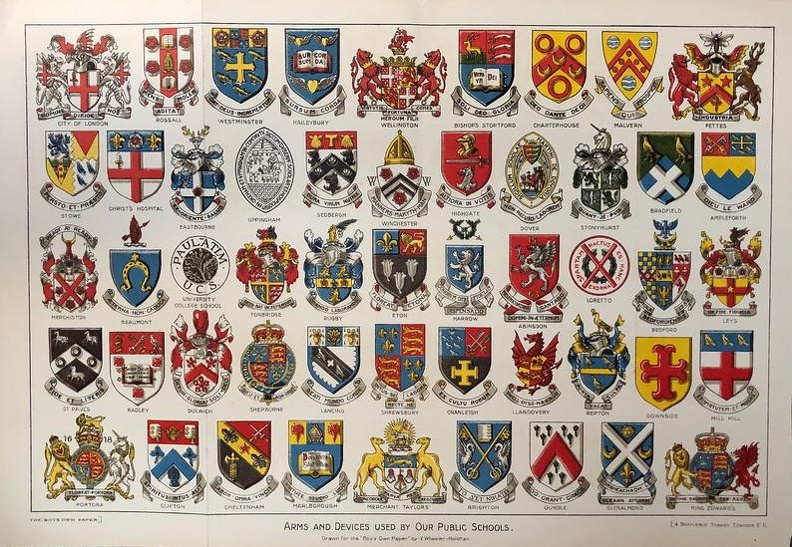
A colour plate published in the Boys Own Paper (1920s)

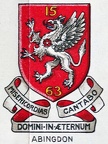 Abingdon
Abingdon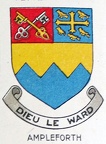 Ampleforth
Ampleforth Beaumont
Beaumont Bedford
Bedford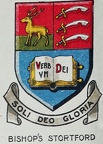 Bishop's Stortford
Bishop's Stortford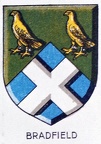 Bradfield
Bradfield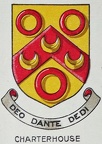 Charterhouse
Charterhouse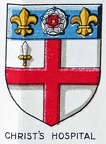 Christ's Hospital
Christ's Hospital CIty of London
CIty of London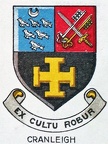 Cranleigh
Cranleigh Diulwich
Diulwich Dover
Dover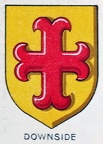 Downside
Downside Eastbourne
Eastbourne Eton
Eton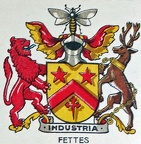 Fettes
Fettes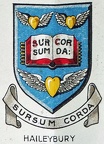 Haileybury
Haileybury Harrow
Harrow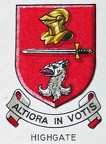 Highgate
Highgate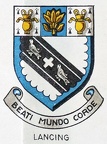 Lancing
Lancing Leys
Leys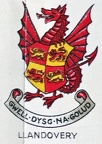 LLandovery
LLandovery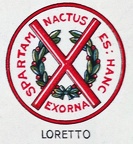 Loretto
Loretto Malvern
Malvern Merchiston
Merchiston Mill Hill
Mill Hill Radley
Radley Repton
Repton Rossall
Rossall Rugby
Rugby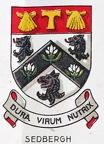 Sedbergh
Sedbergh Sherborne
Sherborne Shrewsbury
Shrewsbury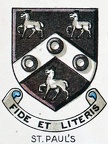 St. Paul's
St. Paul's Stonyhurst
Stonyhurst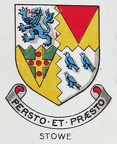 Stowe
Stowe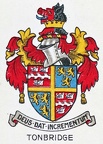 Tonbridge
Tonbridge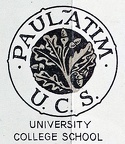 Universtity College School
Universtity College School Uppingham
Uppingham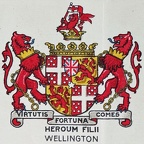 Wellington
Wellington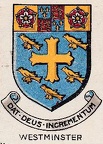 Wesrminster
Wesrminster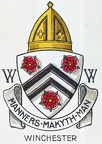 Winchester
Winchester
Arms and Devices used by our Public Schools
By V. WHEELER-HOLOHAN,
Few people,properly understand heraldic terms, and before entering into a detailed discussion of the Armorial Bearings and Devices Illustrarwed on this coloured plate, a few words as to what actually constitutes a *Coat-of-Arms ” may not be out of place.
Tn the language of Heraldry, a “Coat-of-Arms” ‘is known as an “‘ Achievement,”’ and consists of five component parts, namely, the Arms, Crest, Motto, Wreath, and Mantling. Some Coats possess sixth component part, Supporters. By the expression "Arms” is meant the actual shield itself, with the charges On top of the shield is placed the “hell,” or helmet. On top of the helmet is placed the ‘‘ Crest,” In the olden days it used to be the custom to hide the junction of the crest and the helmet by a twisted rope of loured silk, and this is known as the “Wreath,” and can he recognised as the “sausage-shaped ” piece of rope that may be seen under almost every crest.
The flowery-shaped embellishment that can generally be seen on each side of the shield and crest is called the "Mantling,” and, in ancient days, is supposed to have had.two purposes—to keep the sum off the wearer and to entangle the swords of his adversaries, Coming out of action, a Knight who had been heavily engaged would have his mantling slashed to ribbons, and his is supposed to have given ancient artists the idea of showing it flowered and scrolled. The motto is believed to have been the War Cry or “Cri-de-Guerre.” Supporters are either animals or human figures, which stand on either side of the shield and hold it up, such as the Lien and Unicorn in the modern Royal Arms. [BOP]
Tn the language of Heraldry, a “Coat-of-Arms” ‘is known as an “‘ Achievement,”’ and consists of five component parts, namely, the Arms, Crest, Motto, Wreath, and Mantling. Some Coats possess sixth component part, Supporters. By the expression "Arms” is meant the actual shield itself, with the charges On top of the shield is placed the “hell,” or helmet. On top of the helmet is placed the ‘‘ Crest,” In the olden days it used to be the custom to hide the junction of the crest and the helmet by a twisted rope of loured silk, and this is known as the “Wreath,” and can he recognised as the “sausage-shaped ” piece of rope that may be seen under almost every crest.
The flowery-shaped embellishment that can generally be seen on each side of the shield and crest is called the "Mantling,” and, in ancient days, is supposed to have had.two purposes—to keep the sum off the wearer and to entangle the swords of his adversaries, Coming out of action, a Knight who had been heavily engaged would have his mantling slashed to ribbons, and his is supposed to have given ancient artists the idea of showing it flowered and scrolled. The motto is believed to have been the War Cry or “Cri-de-Guerre.” Supporters are either animals or human figures, which stand on either side of the shield and hold it up, such as the Lien and Unicorn in the modern Royal Arms. [BOP]
